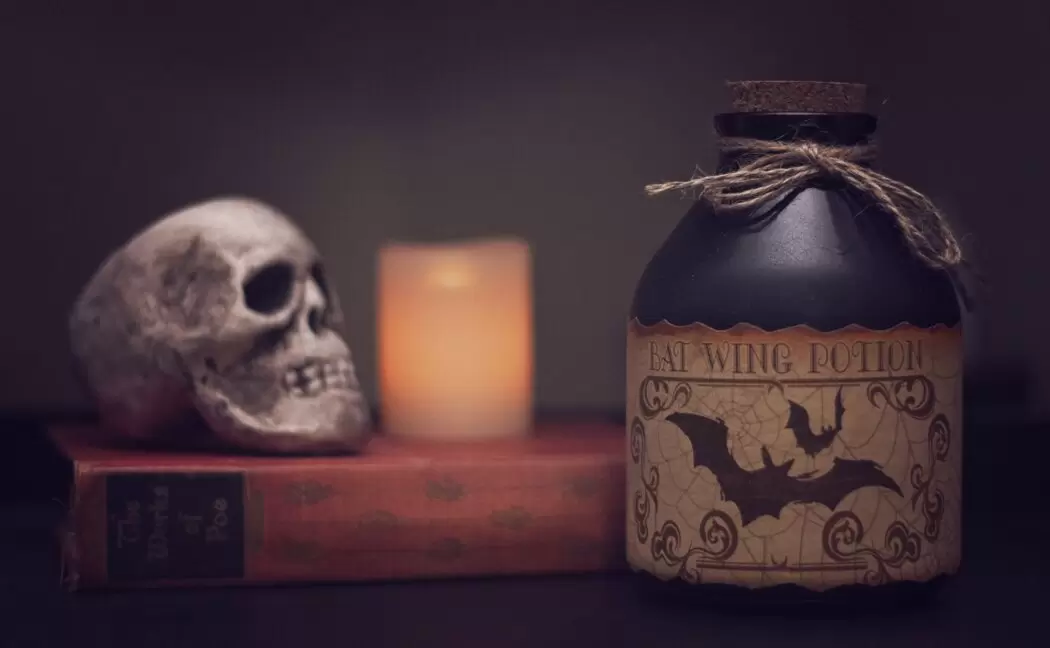Digital Twin by .ART as an additional level of provenance – review by artist Robert Richardson
“I will seriously consider the .ART Digital Twin as an additional level of provenance, since the confidence of collectors is a principal concern.”


The art world is ready to undergo a full transition to digital. The millennial generation – primed to be a driving economic force – is replacing material, object-based consumption with a pattern that is non-material, educational and experience-driven. Digital art in itself is already more than just a trend, having carved itself a pivotal role in permanent collections at prominent museums around the world. Meanwhile, the economic model and creative rights infrastructure behind Apple Music and other streaming services send clear messages that non-ownership culture is growing fast.
Robert Richardson is a visual artist and writer, selling digital artworks as limited edition prints. He is one of the many creatives at the forefront of a global digital transition. Robert walks us through the process of the decision-making that led him to become a digital artist and reviews his preferred digital tools.

Robert Richardson, Abstraction 4
I am aware there are more thoroughly digital approaches to art than those that I follow. These involve creating artworks through coding, which may include algorithms for certain elements of artificial intelligence. Some artworks may remain as computer files, and we see emerging strategies that help give them market value, helping to attract collectors. Blockchain’s role has developed in this context, and the Digital Twin by .ART – a digital letter of authenticity – will aid in providing necessary provenance.
My work began in 2014 when I revisited concrete poems and prepared them for an exhibition by recreating them using a computer, which I also used for newer, text-based work. As the gallery was also concerned with Constructivist art, I used the same vector software to include a few non-text artworks. Since 2014, I have used digital technology to produce a portfolio of abstract artworks. These works were produced using existing software, mainly Adobe Illustrator. This vector software has led to the ‘Large Prints’ available at the online store — www.robertrichardson.art — that I launched in January 2020.

Robert Richardson, Abstraction 2
Four prints – each in two sizes (A0 and A1) – are currently on sale. Many more will be added in the future. The website also features a section for ‘Small Prints’ created using (and often combining) phone and tablet apps. These are pixel-based and more suitable for an A4 size format. Presently, four of these are also on sale, and again I intend to add more.
Turning my digital artworks into limited edition prints available for sale online was the result of a series of decisions. The acquisition of a .ART domain as a clear and relevant URL was the first. I also liked the idea of the .ART domains becoming an arts community. I “parked” my domain for just over two years, but always knew it would eventually be the web address for my limited edition prints.
Another decision was the choice of printer. My online research led me to several companies in the UK (where I live), which specialise in giclée prints for artists. There are two important aspects to consider to satisfy collectors: a print quality of the highest standard and provenance. The London printer I am using, Point101, has an Epson HDR 10-colour pigment ink system profiled for accurate colour reproduction, and uses state-of-the-art print software. Both papers and inks are of archive quality, with images lasting for hundreds of years. Their clients include the British Museum and the BBC.
I think the online and offline worlds should interact as much as possible, and I am looking forward to exhibiting my limited edition prints as much as possible.
For provenance, the printer provides certificates of authenticity and, for the back of the prints, numbered micro-embossed security labels. Both certificates and labels are signed by the artist. I will seriously consider the .ART Digital Twin as an additional level of provenance, since the confidence of collectors is a principal concern.

Robert Richardson, Abstraction 1
How .ART Domains Are Taking Artists Online Read More How to register a business email on .ART Read More Portfolio on .ART: How to showcase your creative work in 4 simple steps Read More
Another crucial decision was the choice of website host. After some research, I decided on Squarespace (with its branding removed). Reviews led me to realise they provided elegant and aesthetically pleasing templates suitable for the online store of an artist.
With my store now live, I am open to the idea of my prints being available to buy on a few other sites. The ‘Small Prints’ are already available on ARTMO, a social media platform for the art world hosted in Germany. Connecting with potential collectors is now the final, and probably most difficult, part of the process. The knowledge base and expertise of traditional offline dealers should, I feel, still be acknowledged, but it is not easy to attract their interest. I think the online and offline worlds should interact as much as possible, and I am looking forward to exhibiting my limited edition prints as much as possible.
Finally, although my prints were produced using specific technologies, this should not exclusively define them. While having a unifying abstraction, they also refer to a range of art movements and styles, such as Constructivism and Psychedelia. Above all, I hope that you enjoy looking at my artworks, because ultimately art, regardless of technology, should work on its own terms.




